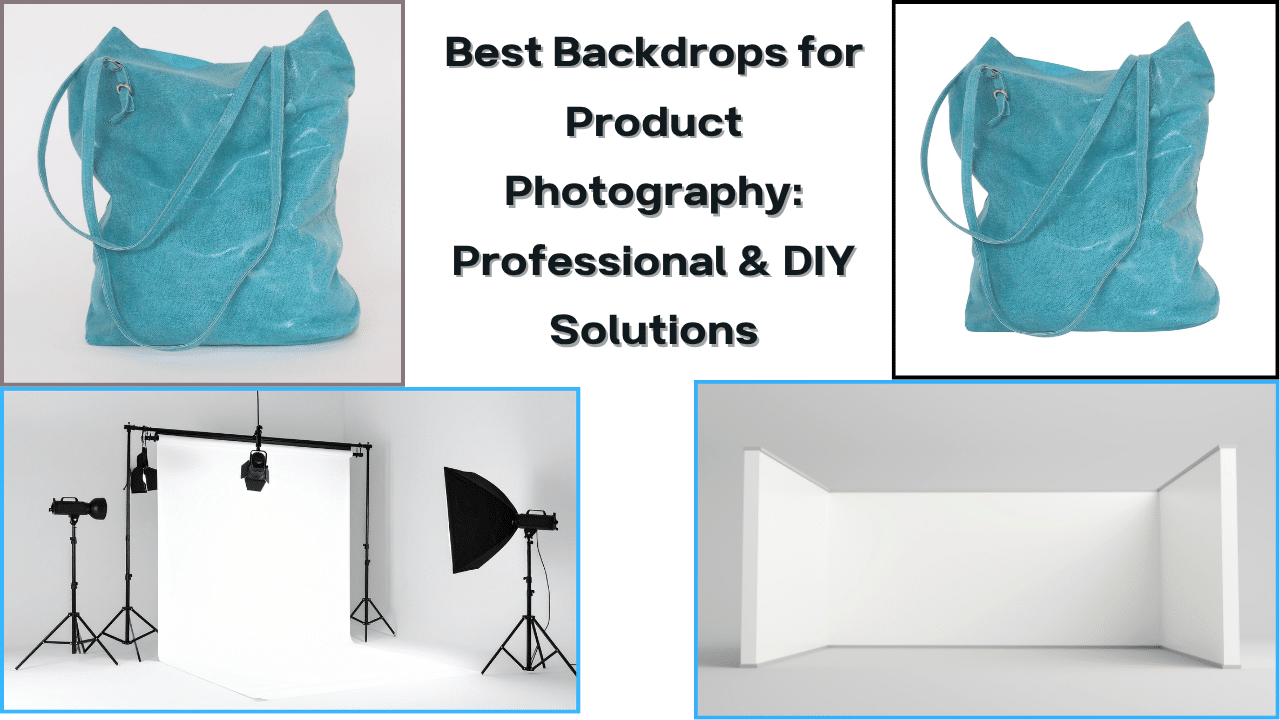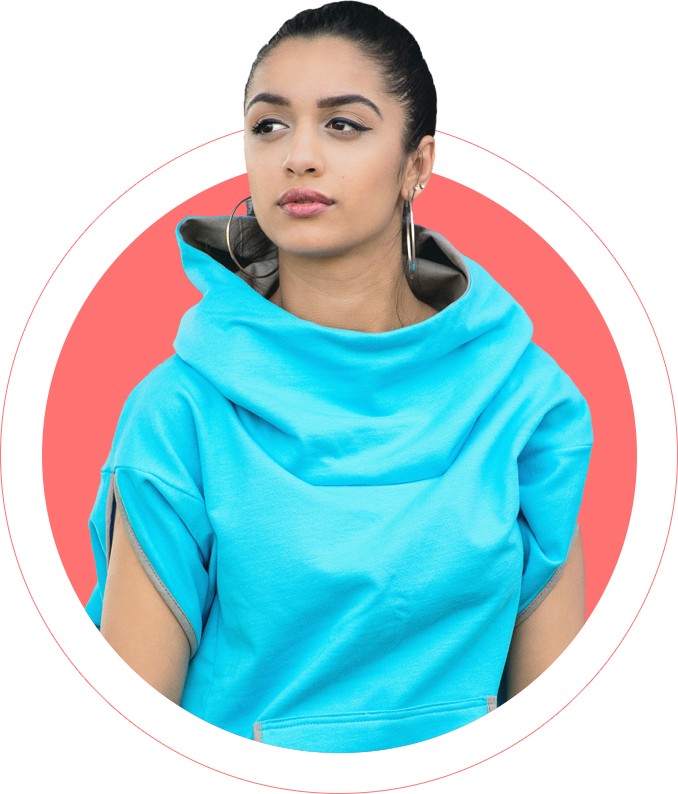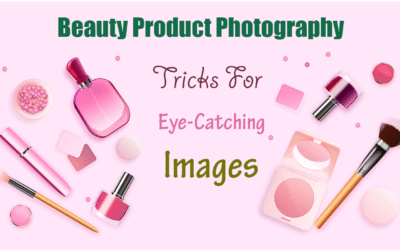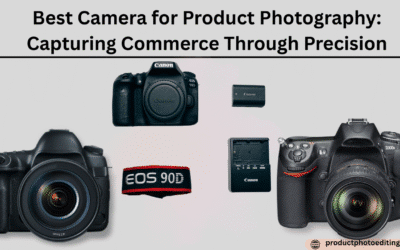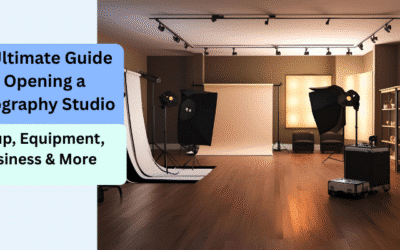Choosing the right backdrop for product photography can make all the difference. A well-selected backdrop enhances professionalism, directs focus, and reinforces branding. Whether you’re a seasoned photographer or a developing e-commerce seller, understanding your backdrop options is crucial. Selecting the ideal backdrop for product photography ensures that your images resonate with your audience.
This guide explores both professional-grade and DIY solutions, offering practical advice to suit any budget and skill level. From seamless paper rolls to creatively sourced materials, discover versatile and cost-effective ways to elevate your product images. Get ready to transform your photography setup and captivate your audience with stunning visuals that stand out.
This backdrop for product photography guide explores both professional-grade and DIY solutions, offering practical advice to suit any budget and skill level. From seamless paper rolls to creatively sourced materials, discover versatile and cost-effective ways to elevate your product images. Get ready to transform your photography setup and captivate your audience with stunning visuals that stand out against the backdrop for product.
Why the Choice of Backdrop for Product Matters in Photography
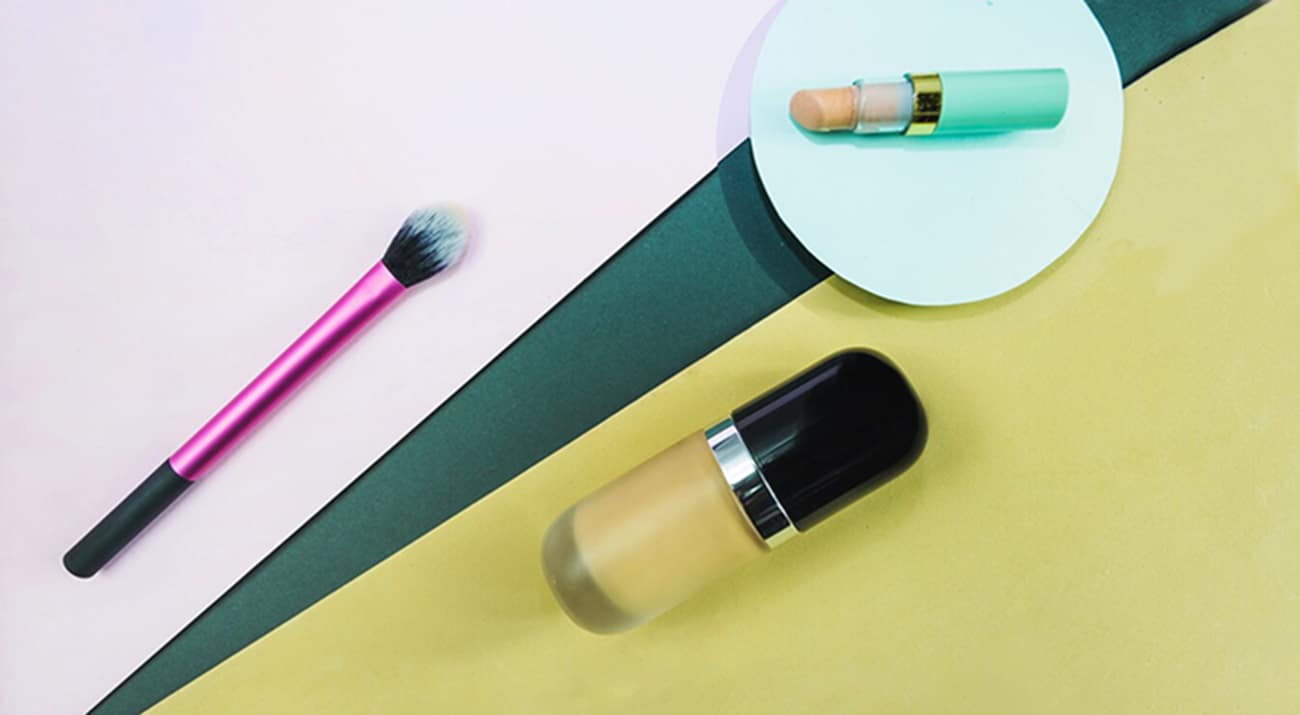
The right backdrop for product photos doesn’t just frame an image; it sets the stage. It creates an environment where products can truly shine. When thoughtfully chosen, backdrops amplify a product’s key features, ensuring that potential customers see its value instantly. Seamless integration with brand identity can imbue images with a professional polish, capturing attention and enhancing the perceived quality.
The right backdrop for product photography doesn’t just frame an image; it sets the stage. It creates an environment where products can truly shine. When thoughtfully chosen, backdrops amplify a product’s key features, ensuring that potential customers see its value instantly. Seamless integration with brand identity can imbue images with a professional polish, capturing attention and enhancing the perceived quality of your backdrop for product.
Enhancing Visual Impact
Backdrops for product photos are more than ornamental—they’re influential. A carefully selected backdrop adds depth, directing focus to the product itself. Color schemes and textures create emotional resonance and align seamlessly with brand narratives. A simple white backdrop can make a product pop, providing a clean canvas that emphasizes details and colors.
Backdrops for product photography are more than ornamental—they’re influential. A carefully selected backdrop for product adds depth, directing focus to the product itself. Color schemes and textures create emotional resonance and align seamlessly with brand narratives. A simple white backdrop can make a product pop, providing a clean canvas that emphasizes details and colors.
Boosting Sales with Context
Whether a product appears in a minimalist white studio or against a rustic wooden backdrop, context affects perception. Welpix.com suggests using themes that resonate with the target audience, making the product relatable. By setting the right visual tone, the backdrop does more than direct attention—it enhances product appeal, fostering an emotional connection that stimulates purchase intent. Thus, the choice of backdrop for product photography isn’t just about aesthetics; it’s a strategic move that can ultimately boost sales.
Choosing the right backdrop for product in a minimalist white studio or against a rustic wooden backdrop greatly affects perception. Welpix.com suggests using themes that resonate with the target audience, making the product relatable. By setting the right visual tone, the backdrop for product does more than direct attention—it enhances product appeal, fostering an emotional connection that stimulates purchase intent.
Key Factors When Choosing a Product Photography Backdrop
Surface Texture
One of the key factors when considering a backdrop for product photography is surface texture. Choosing the surface texture of a backdrop is crucial for controlling light reflection and creating the desired mood.
Choosing the surface texture of a backdrop is crucial for controlling light reflection and creating the desired mood. Matte surfaces are excellent for minimizing glare and are ideal for a clean, professional look. Glossy backdrops, on the other hand, can add shine and make products like jewelry pop, but they often require careful lighting to avoid unwanted reflections.
Color Psychology
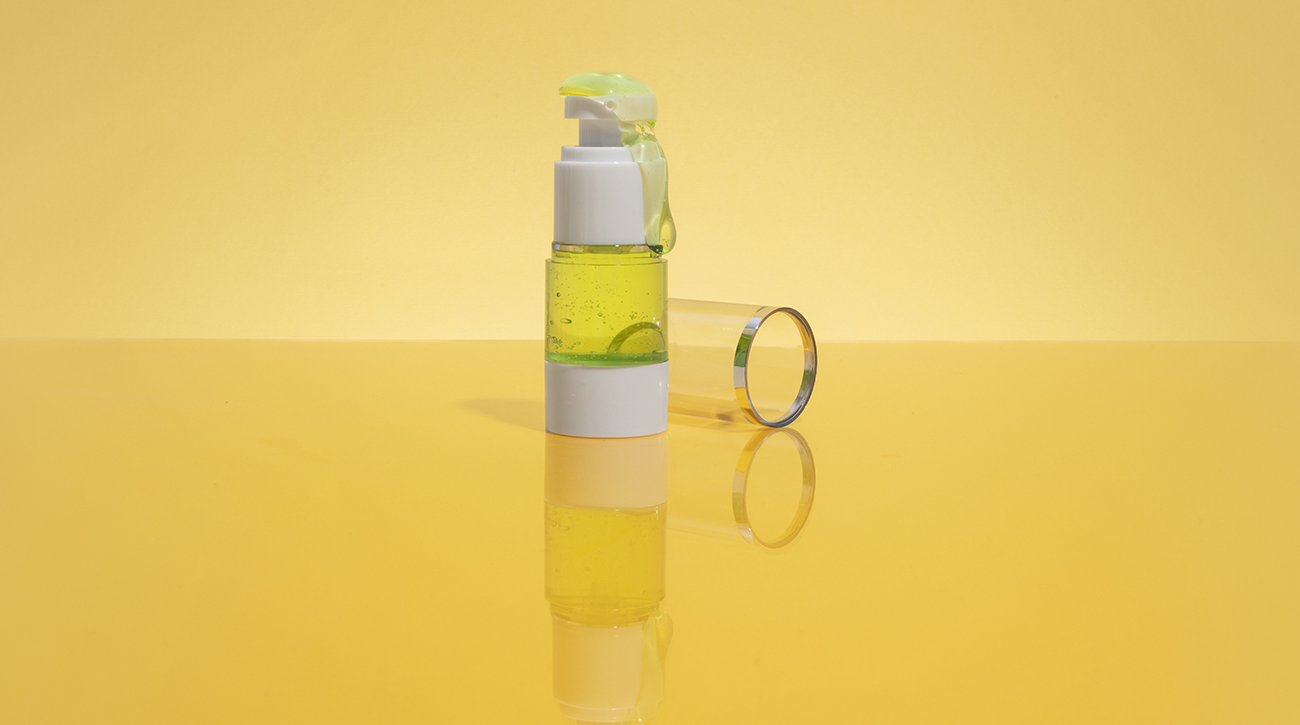
Colors play a powerful role in influencing mood and drawing attention to product details. White backdrops offer a neutral canvas, enhancing professionalism and focus. Black backdrops create contrast and drama, ideal for highlighting details in lighter products. Meanwhile, colored backdrops can infuse personality, aligning with brand aesthetics to enhance visual storytelling.
Colors play a powerful role in influencing mood and drawing attention to product details. White backdrops offer a neutral canvas, enhancing professionalism and focus, making them a great backdrop for product photos. Black backdrops create contrast and drama, ideal for highlighting details in lighter products, while colored backdrops can infuse personality, aligning with brand aesthetics to enhance visual storytelling.
Size and Portability Needs
The size of the backdrop should match the product and studio space. Smaller setups can use compact backdrops, while larger products need ample coverage. Portability is key for shoots on the go; collapsible or lightweight options are essential for ease.
The size of the backdrop for product should match the product and studio space. Smaller setups can use compact backdrops, while larger products need ample coverage. Portability is key for shoots on the go; collapsible or lightweight options are essential for ease.
Budget Constraints and Durability
While professional backdrops offer durability and consistency, DIY options provide budget-friendly alternatives. Consider long-term costs: investing in a durable backdrop may reduce future expenses, while cheaper DIY solutions might incur frequent replacements, as highlighted by Asset Factory.
While professional backdrops offer durability and consistency, DIY options provide budget-friendly alternatives. When considering long-term costs, investing in a durable backdrop for product may reduce future expenses, while cheaper DIY solutions might incur frequent replacements.
Consistency and Brand Alignment
Maintaining consistency in backdrop choice is vital for establishing a cohesive brand identity. The backdrop should reflect the product’s characteristics and resonate with its brand image. Ultimately, choosing the right backdrop for product photography enhances both product appeal and brand authenticity.
Maintaining consistency in backdrop for product choice is vital for establishing a cohesive brand identity. The backdrop should reflect the product’s characteristics and resonate with its brand image, ensuring its effectiveness.
Professional Backdrops for Product Photography: Types and Top Brands
Seamless Paper Rolls
Seamless paper rolls stand out as a go-to option for creating clean, professional backdrops for product photography. Top brands like Savage and Neewer offer a magnificent range of colors to enhance any product line.
Seamless paper rolls stand out as a go-to option for creating clean and professional looks in product photography. Top brands like Savage and Neewer offer a magnificent range of colors to enhance any product line. These rolls are replaceable and easy to use, ensuring vibrant, consistent backgrounds. However, they can tear easily, making them less durable in high-traffic studios. The color and texture of the backdrop play a crucial role in product presentation and should mirror the brand’s identity.
Vinyl and Muslin Backdrops
Vinyl and muslin backdrops are favored for their exceptional textures, be it sleek marble or rustic wood prints. Another advantage is their wrinkle-resistant nature, which means less hassle over time. They’re also washable, extending their lifespan. However, the reflective surface of vinyl can sometimes result in unwanted glare. It’s vital to consider this alongside the product’s characteristics to ensure a flawless outcome.
Acrylic and Plexiglass
Products like jewelry shine against acrylic or plexiglass backdrops for product photography. These create an ‘infinity’ effect, which exudes elegance and focus, making them highly effective.
Products like jewelry shine against acrylic or plexiglass backdrops. These create an “infinity” effect, which exudes elegance and focus. Yet, they pose a challenge with potential scratches and higher costs involved. For those dealing in upscale product lines, the investment can certainly pay off, given the superior photo results.
Portable Backdrop Kits
Portable backdrop kits offer convenience, especially for photographers working in tight spaces or frequently on the move. Including recommended stands and clamps, these kits make setup quick and manageable even in compact areas. They’re ideal for those who need flexibility without sacrificing quality. The practicality of such kits, as outlined on pow, makes them an accessible choice for varied shooting environments.
By understanding the pros and cons of these professional options, photographers can make informed decisions that align with their creative vision and practical needs. These backdrops, when paired with the right techniques, can significantly elevate the allure of product images.
By understanding the pros and cons of these professional options, photographers can make informed decisions that align with their creative vision and practical needs. These backdrops, when paired with the right techniques, can significantly elevate the allure of product images.
DIY Product Photo Backdrop: Affordable and Creative Solutions
Poster Board and Wood Panels
Poster boards and wood panels are excellent DIY backdrops for product photography. For a sleek, professional look, paint them with either matte or gloss finishes, depending on your desired effect. Matte prevents glare, while gloss provides a shiny, vibrant base. Attach the painted panels to a stable surface for seamless shots. To create different textures, consider layering paints or opting for a distressed look with sanding techniques.
Fabric and Textiles
Canvas and fleece are among the best fabrics for backdrops. These materials offer a soft, smooth surface that minimizes shadows. To avoid wrinkles — a common issue with fabric backdrops — stretch the fabric tightly on a frame or use weights to keep it taut. Alternatively, ironing or steaming the fabric beforehand can ensure a wrinkle-free finish.
Household Hacks
For an easy and budget-friendly backdrop, consider using wallpaper or wrapping paper. These materials come in a variety of colors and patterns suitable for any product. Secure them to a foam board for a stable base. Chalkboard paint provides a versatile textured backdrop that allows for customization with chalk designs.
For an easy and budget-friendly backdrop for product photography, consider using wallpaper or wrapping paper. These materials come in a variety of colors and patterns suitable for any product.
Utilize readily available resources to create your product backdrop photography setup without breaking the bank.
Choosing the Right Backdrop: Professional vs. DIY
When to Go Professional
Professional backdrops are ideal for high-volume shoots, especially when consistency is key. For luxury brands, a professional-grade backdrop ensures flawless color accuracy and a polished look, which is crucial for high-end product aesthetic and branding. Brands like Savage and Neewer offer an array of options in vinyl, fabric, and seamless paper rolls that guarantee a sophisticated finish. While these solutions come at a higher cost, they offer long-lasting durability and ease of maintenance, making them a worthwhile investment for businesses seeking consistent results and time efficiency in product backdrop photography.
When to DIY
DIY backdrops appeal to those with budget constraints who seek flexibility and creativity. Crafting a backdrop from fabric, poster board, or textured materials allows for customization that uniquely suits the product and aesthetic. These solutions are excellent for one-off or experimental projects where innovation shines. DIY options can be sourced from craft stores or sourced from household items, and while they may not offer the same durability as professional alternatives, they provide significant cost savings.
Hybrid Approach
A hybrid approach combines the reliability of professional stands or backdrop support systems with creative DIY surface choices to balance cost and creativity. This method allows photographers to enjoy the structure and ease of using sturdy stands while experimenting with a variety of affordable and unique backdrop materials. Such versatility can accommodate different styles and products, making it a practical choice for diverse photography needs.
Pro Tips: Perfect Backdrop for Product Photography
Mastering Lighting Techniques
Lighting is crucial for achieving flawless product backdrop photography. Proper lighting can highlight features and reduce shadows, making your backdrop for product essential for quality results.
Lighting is crucial for achieving flawless product backdrop photography. Proper lighting can highlight features and reduce shadows. Avoid direct phone flash as it creates harsh and flat images. Instead, use soft, diffused light to illuminate your backdrop for product photos evenly. Adjustable lights allow you to control intensity and prevent reflections on glossy surfaces. Adjust your camera exposure to bring out the vibrancy of colorful or textured backdrops, ensuring your product stands out.
Distance and Composition Hacks
Getting the right distance between your product and the backdrop is fundamental. Keeping a moderate distance prevents color bleed, where the backdrop’s hue seeps into the product, distorting its actual color. Use white and black foam boards to direct and soften shadows, enhancing the product’s visibility and depth. This manipulation not only refines the product silhouette but also creates professional-looking product photography backdrops.
Editing Shortcuts
Editing is the finishing touch to turn a good image into an exceptional one. Utilize software like Lightroom to remove any unwelcome wrinkles or dust that might appear on your DIY product photo backdrop. Adjusting sliders for clarity and contrast can help polish the image further. Consistency across your images will strengthen brand image and professionalism.
By mastering these techniques, you’ll elevate your product photography backdrop skills efficiently.
Conclusion
In product photography, choosing the right backdrop can transform ordinary images into captivating showcases. Whether opting for professional-grade solutions like seamless paper rolls or exploring creative DIY alternatives like painted boards, each choice offers unique benefits. By assessing budget, skill level, and desired outcomes, photographers can find the perfect backdrop for their needs. The key is to experiment with different materials and see what works best for your style and products. Remember, the perfect backdrop is within reach, whether you’re a beginner or a pro. Embrace creativity, and watch your product images come to life.
In product photography, choosing the right backdrop can transform ordinary images into captivating showcases. Whether opting for professional-grade solutions like seamless paper rolls or exploring creative DIY alternatives like painted boards, each choice offers unique benefits related to your backdrop for product.
FAQ Section
What Color Backdrop Is Best for Product Photography?
Choosing the right color backdrop can greatly influence your product photography. A white backdrop is often recommended for its versatility. It creates a clean, professional look and can be easily edited in post-production. However, don’t shy away from experimenting with black or colored backdrops to highlight specific features of your product.
Are Expensive Backdrops Worth It for Beginners?
Investing in expensive backdrops isn’t always necessary for beginners. Affordable solutions like paper rolls or DIY options can suffice at the start. As skills develop, consider exploring professional backdrops for better durability and color consistency. Remember, the goal is to find what helps your product shine.
How Do I Make a DIY Backdrop Look Professional?
Elevating a DIY product photo backdrop to a professional standard involves a few key steps:
- Focus on Texture: Use smooth surfaces to avoid unwanted reflections.
- Lighting: Ensure lighting is slightly beneath pure white to reduce flare on the product.
- Wrinkle-Free Finish: Iron fabric backdrops to remove creases or use taut surface materials.
Can I Use a White Sheet as a Product Backdrop?
Yes, a white sheet is a cost-effective backdrop for product photos. Ensure it’s well-stretched and wrinkle-free for a clean result. Pairing it with appropriate lighting can result in an impressive professional appearance.
What’s the Most Popular Backdrop Size for Small Products?
The most popular backdrop size for small products is 60 x 90cm. This size offers a perfect balance between being compact yet spacious enough to frame your products effectively.

